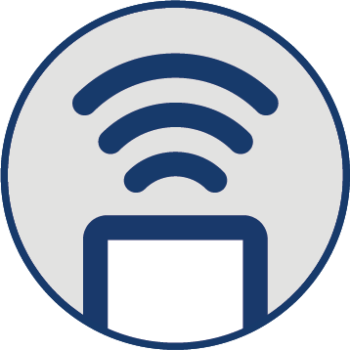RT1
RADIUM 1-Button Remote
You might have seen the term KeeLoq rolling code or hopping code in reference to transmitters and receivers. But what does it mean and how does it work?
Scroll to learn more
KeeLoq rolling code, sometimes also known as hopping code, is commonly used as a security measure for encrypting radio frequency transmission. It can be found in a wide variety of contexts such as garage door openers, access control systems, keyless car entry, automatic gate triggers, and more.
Rolling code works by preventing the transmission from being recorded and saved, then replayed later to trick the receiver into unlocking the door or barrier.
Transmitted code functions like a password. When activated, a transmitter generates and sends a signal containing the password to its paired receiver. If accepted, the receiver then triggers a relay, allowing the door or barrier to be unlocked and opened.
In a fixed code system, the password never changes, leaving the system vulnerable to attack. Rolling code significantly reduces the risk of unauthorized entry because the password changes every time it is used.



Rolling code transmission systems use methods of encrypting the data that allow the transmitter and the receiver to share passwords, but which make it considerably more difficult for an attacker to discover them. KeeLoq® is a proprietary block cypher that is one of the most commonly used encryption methods for radio frequency transmission.
KeeLoq hopping code utilises a 66-bit transmission code, of which 32 bits are encrypted. In the encrypted section alone, there are almost 4 billion possible code combinations, which would take approximately 17 years to fully scan. The transmitted passwords cannot be re-used regularly, to prevent interception and unlawful access. Once a passcode has been used, it will not be valid again until approximately 65,000 other valid codes have been used. In normal usage scenarios, it would take more than 20 years for a code to become valid again.